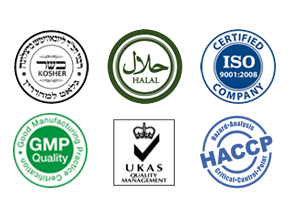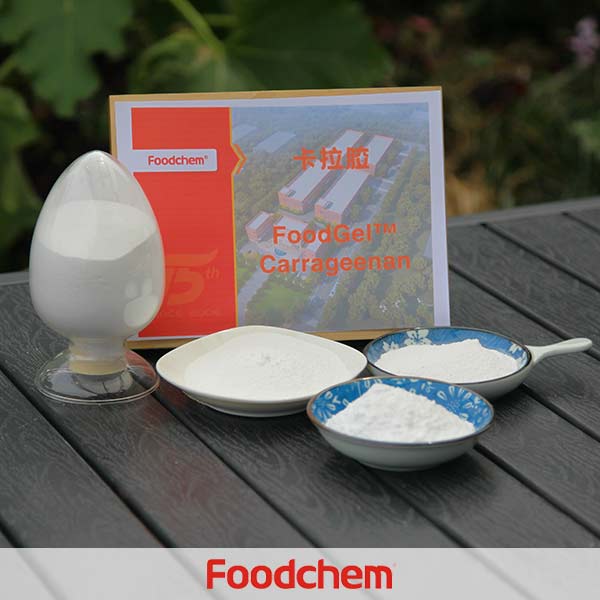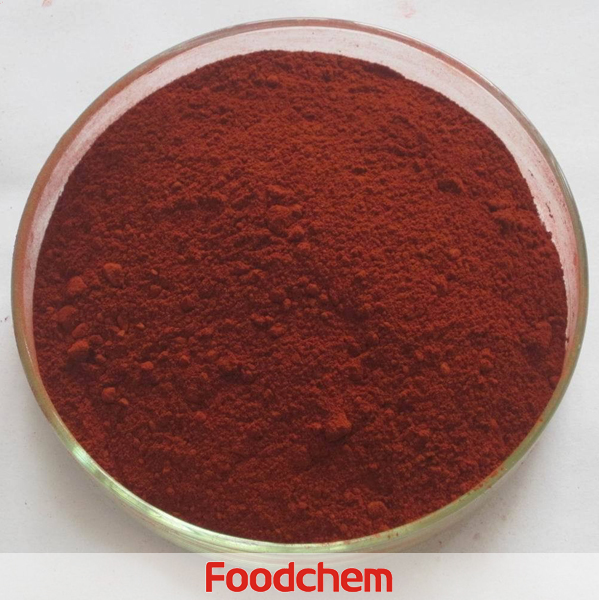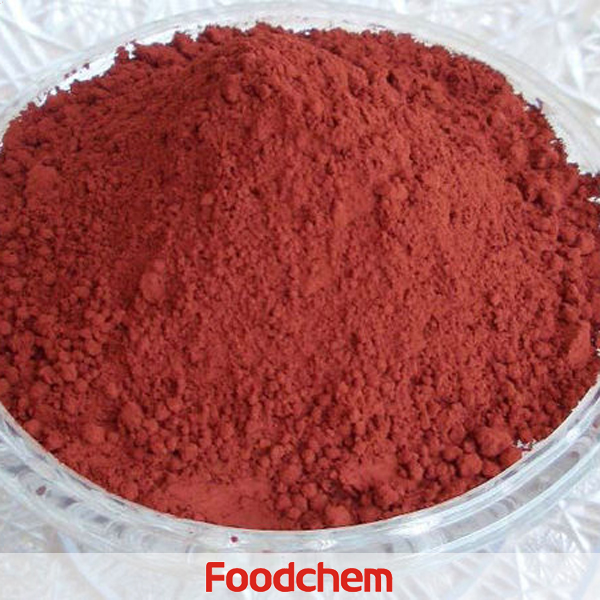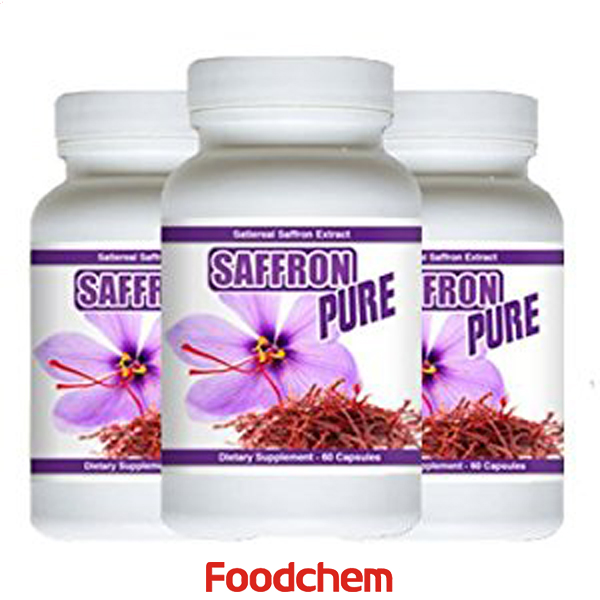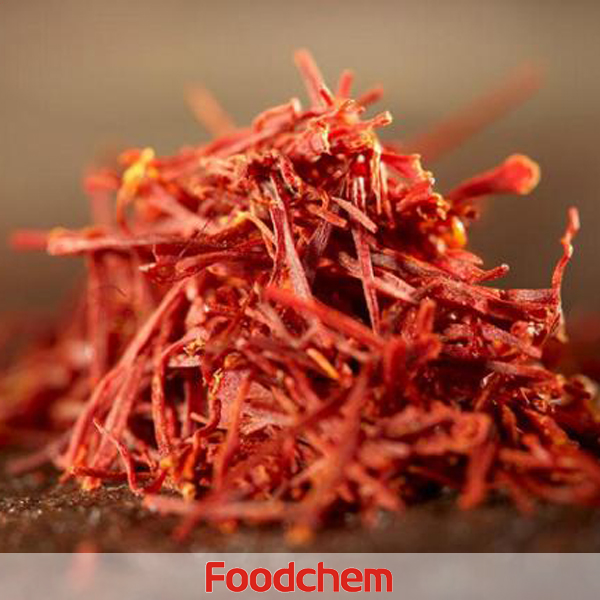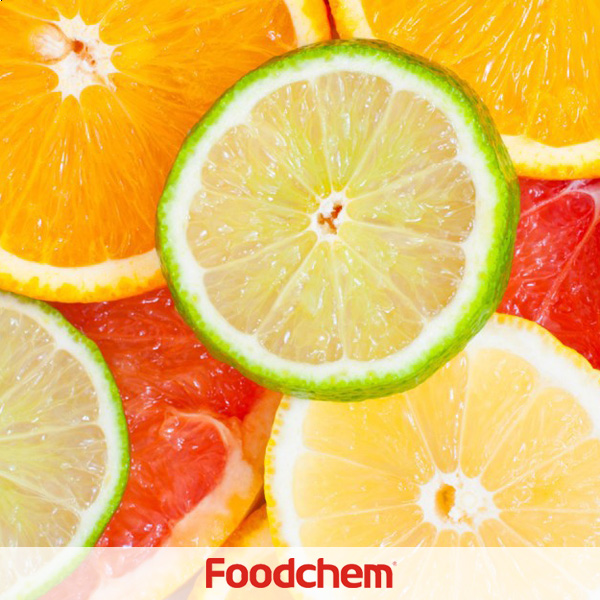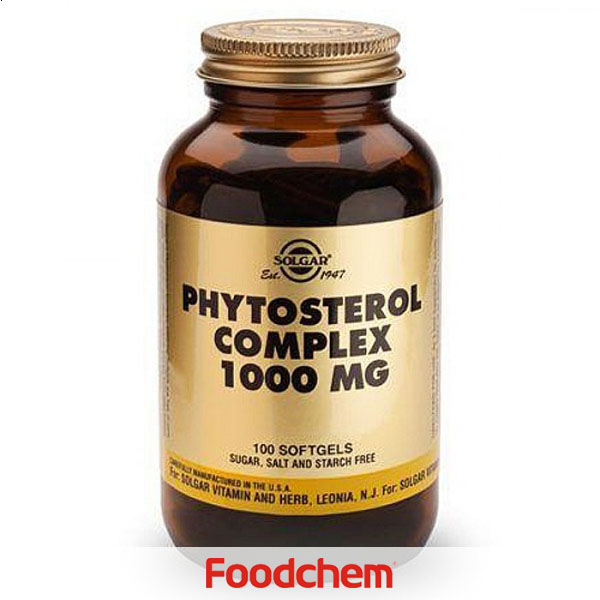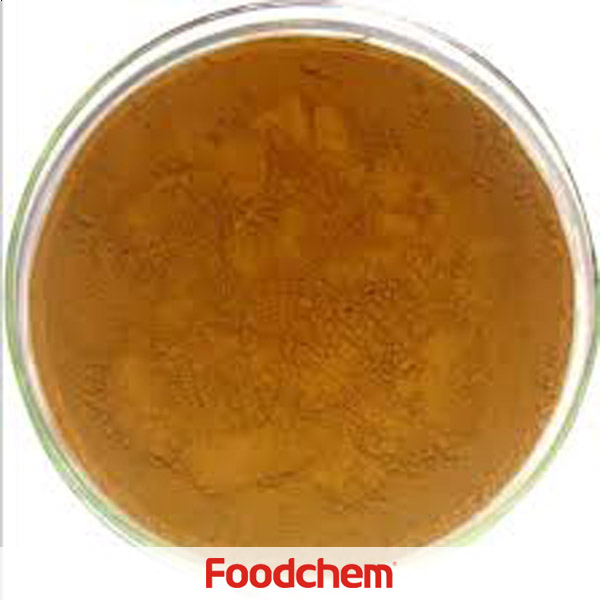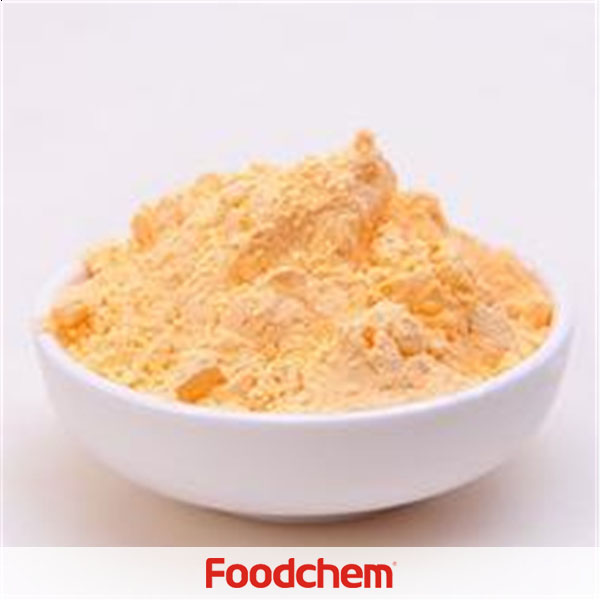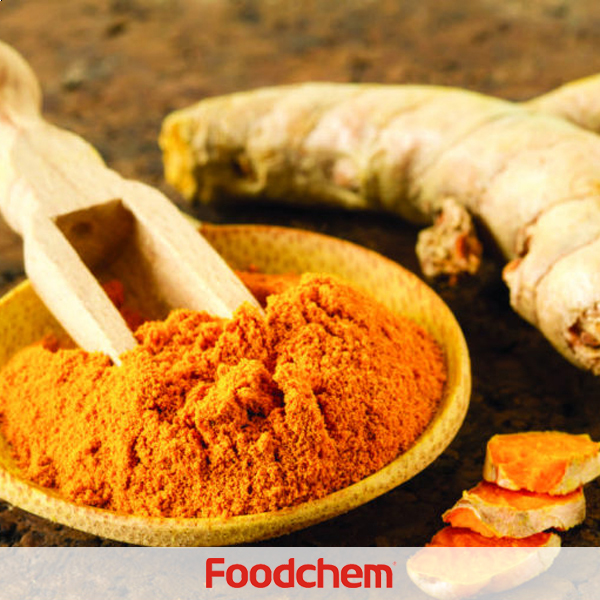Products
- Food Ingredients
Thickeners
Antioxidants
Sweeteners
Preservatives
Acidulants
Proteins
Resistant Dextrin FoodPep™ Collagen Peptides Soy Protein Concentrated Textured Soy Protein Soy Protein Isolate Vital Wheat Gluten Soy Dietary Fiber Pea Fiber Hydrolyzed Animal Protein Soy Lecithin Rice Protein Calcium Caseinate Isolated Pea Protein Collagen Casing Soy Protein Concentrated(Feed Grade)Phosphates
Sodium Tripolyphosphate (STPP) Sodium Acid Pyrophosphate(SAPP) Monosodium Phosphate MKP Monoammonium Phosphate DKP Disodium Phosphate Dicalcium Phosphate (Food Grade) Diammonium Phosphate Monocalcium Phosphate Tricalcium Phosphate(Food Grade) Trisodium Phosphate Phosphoric Acid Sodium Metabisulfite Potassium Pyrophosphate (TKPP)Vitamins
Dehydrated Vegetables
Potato Powder Dehydrated Carrots Flakes Dehydrated Tomato Powder Dehydrated Onion Powder Dehydrated Onion Granules Dehydrated Onion Flake Dehydrated Garlic Powder Dehydrated Shiitake Dehydrated Ginger Powder Dehydrated Leek Flake Dehydrated Mushroom Flakes Dehydrated Parsley Flakes Dehydrated Green Bell Pepper Dehydrated Cilantro Flake Dehydrated Red Bell PepperColorants
Flavourings
Aromas
Amino Acid
Nutritional Supplements
Vitamin C Tablet N-Acetyl-D-Glucosamine Hordenine hydrochloride Octopamine hydrochloride (Octopamine HCL) Methyl-Sulfonyl-Methane(MSM) Acetyl L-carnitine HCl L-Carnitine L-Carnitine L-Tartrate Magnesium Orotate Tri Creatine Malate L-Carnitine Fumarate D-Glucosamine Hydrochloride Chondroitin Sulfate Calcium Gluconate D-GlucuronolactonePlant Extracts
Citrus Aurantium Extract - Synephrine Huperzia Serrate Plant Exrtact - Huperzine A Matcha Powder White Willow Bark Extract — Salicin Milk Thistle Extract - Silymarin Resveratrol 98% Oat Glucan - Beta Glucan Tribulus Terrestris Extract - Saponins Curcumin Garcinia Cambogia Extract Rosemary Extract Resveratrol 50% Sophora Japonica Extract Sophora Japonica Extract - Quercetin Passion Flower Plant ExtractEmulsifiers
Glyceryl Monostearate Distilled Glycerin Monostearate(DGM) Tween SPAN 80 Polyglycerol Esters of Fatty Acids (PGE) Sodium Stearate Potassium Stearate Calcium Stearate Non dairy creamer Sugar Esters Glycerol Triacetate DATEM Sodium stearoyl lactylate(SSL) Mono Propylene Glycol Calcium Stearoyl Lactylate(CSL)Cocoa Series
Others
Spirulina Powder Sodium Bicarbonate Ammonium Bicarbonate Calcium Sulphate Dihydrate Modified Starch Potassium Chloride (Food Grade) Succinic Acid Glacial Acetic Acid Glycerol Caffeine Anhydrous Ethylenediaminetetraacetic acid (EDTA ACID) EDTA Disodium (EDTA-2Na) Functional Animal Protein Functional Animal Protein Functional Animal Protein-Beef (FoodPro®FB20)Compound Sweeteners
Tabletop Sweeteners
Baking Enzymes
- Feed Additives
- Industrial Chemicals
- Active Pharmaceutical Ingredient
Share:


Products in stock
More

Products in stock
More
| ITEMS | STANDARD |
| Appearance | Red-brown powder |
| Odor | Characteristic |
| Assay (HPLC) | >=95% |
| Sieve analysis | 100% pass 80 mesh |
| Loss on Drying | =<5.0% |
| Ash | =<5.0% |
| Pb | <2ppm |
| As | <2ppm |
| Hg | <2ppm |
| Total Plate Count | <1000cfu/g |
| Yeast & Moulds | <100cfu/g |
| E.Coli | Negative |
Saffron (pronounced /ˈsæfrən/ or /ˈsæfrɒn/) isa spice derived from the flower of Crocus sativus, commonly known as thesaffron crocus. Crocus is a genus in the family Iridaceae. Saffron crocus growsto 20–30 cm (8–12 in) and bears up to four flowers,each with three vivid crimson stigmas, which are the distal end of a carpel.Together with the styles, or stalks that connect the stigmas to their hostplant, the dried stigmas are used mainly in various cuisines as a seasoning andcolouring agent. Saffron, long among the world's most costly spices by weight,is native to Greece orSouthwest Asia and was first cultivated in Greece. As a geneticallymonomorphic clone, it was slowly propagated throughout much of Eurasia and waslater brought to parts of North Africa, North America, and Oceania.
Thesaffron crocus, unknown in the wild, probably descends from Crocuscartwrightianus, which originated in Crete; C.thomasii and C. pallasii are other possible precursors. The saffron crocus is atriploid that is "self-incompatible" and male sterile; it undergoesaberrant meiosis and is hence incapable of independent sexual reproduction—allpropagation is by vegetative multiplication via manual "divide-and-set"of a starter clone or by interspecific hybridisation. If C. sativus is a mutantform of C. cartwrightianus, then it may have emerged via plant breeding, whichwould have selected for elongated stigmas, in late Bronze Age Crete.
Saffron'staste and iodoform- or hay-like fragrance result from the chemicals picrocrocinand safranal. It also contains a carotenoid dye, crocin, which imparts a richgolden-yellow hue to dishes and textiles. Its recorded history is attested in a7th-century BC Assyrian botanical treatise compiled under Ashurbanipal, and ithas been traded and used for over four millennia. Iran now accounts for approximately90% of the world production of saffron.
Saffron's aroma is often describedby connoisseurs as reminiscent of metallic honey with grassy or hay-like notes,while its taste has also been noted as hay-like and sweet. Saffron alsocontributes a luminous yellow-orange colouring to foods. Saffron is widely usedin Indian, Persian, European, Arab, and Turkish cuisines. Confectioneries and liquorsalso often include saffron. Common saffron substitutes include safflower(Carthamus tinctorius, which is often sold as "Portuguese saffron" or"açafrão"), annatto, and turmeric (Curcuma longa). Saffron has alsobeen used as a fabric dye, particularly in Chinaand India,and in perfumery. It is used for religious purposes in India, and is widely used in cooking in manycuisines, ranging from the Milanese risotto of Italyto the bouillabaisse of Franceto the biryani with various meat accompaniments in South Asia.
Saffronhas a long medicinal history as part of traditional healing; several modernresearch studies have hinted that the spice has possible anticarcinogenic(cancer-suppressing), anti-mutagenic (mutation-preventing), immunomodulating,and antioxidant-like properties. Saffron stigmas, and even petals, may behelpful for depression. Early studies show that saffron may protect the eyesfrom the direct effects of bright light and retinal stress apart from slowingdown macular degeneration and retinitis pigmentosa. (Most saffron-relatedresearch refers to the stigmas, but this is often not made explicit in researchpapers.) Other controlled research studies have indicated that saffron may havemany potential medicinal properties.
1, What kinds of certificates can you offer?
Foodchem is an ISO2008 9001 certified company, as for Saffron Extract, we can offer HAPPC, KOSHER, HALAL Certificates, ect.2, Is Foodchem a manufacturer or just a trading company?
Foodchem is both manufacturer and trading company, we are Saffron Extract distributor, at the same time, we are manufacturer of other products.3, What is the Min Order Quantity of Saffron Extract?
Different products have different MOQ, for Saffron Extract, the MOQ is 500kg.4, What is the price of Saffron Extract?
Foodchem is a famous supplier and manufacturer of Saffron Extract in China, and has been corporate with many Saffron Extract suppliers for several years, we can provide you with cost-effective Saffron Extract.5, How long shall we wait for your reply?
We can guarantee to reply your inquiries of Saffron Extract in less than 24 hours in working days.6, What kinds of transportation types can you provide?
Our main transportation methods include air transportation, land transportation and water transportation.7, What kinds of payment terms can you accept?
The most commonly used payment terms are T/T, L/C, D/P, D/A, etc.8, How long will I receive my good?
Foodchem has its own EDC warehouse in Shanghai, when your purchase order has been confirmed, inventory products will deliver within 1 week, other products delivery in 2 weeks.Related Products
You may also be interested in grill seasoning for chicken foods with sodium benzoate stevia rebaudiana food additive carrageenan




